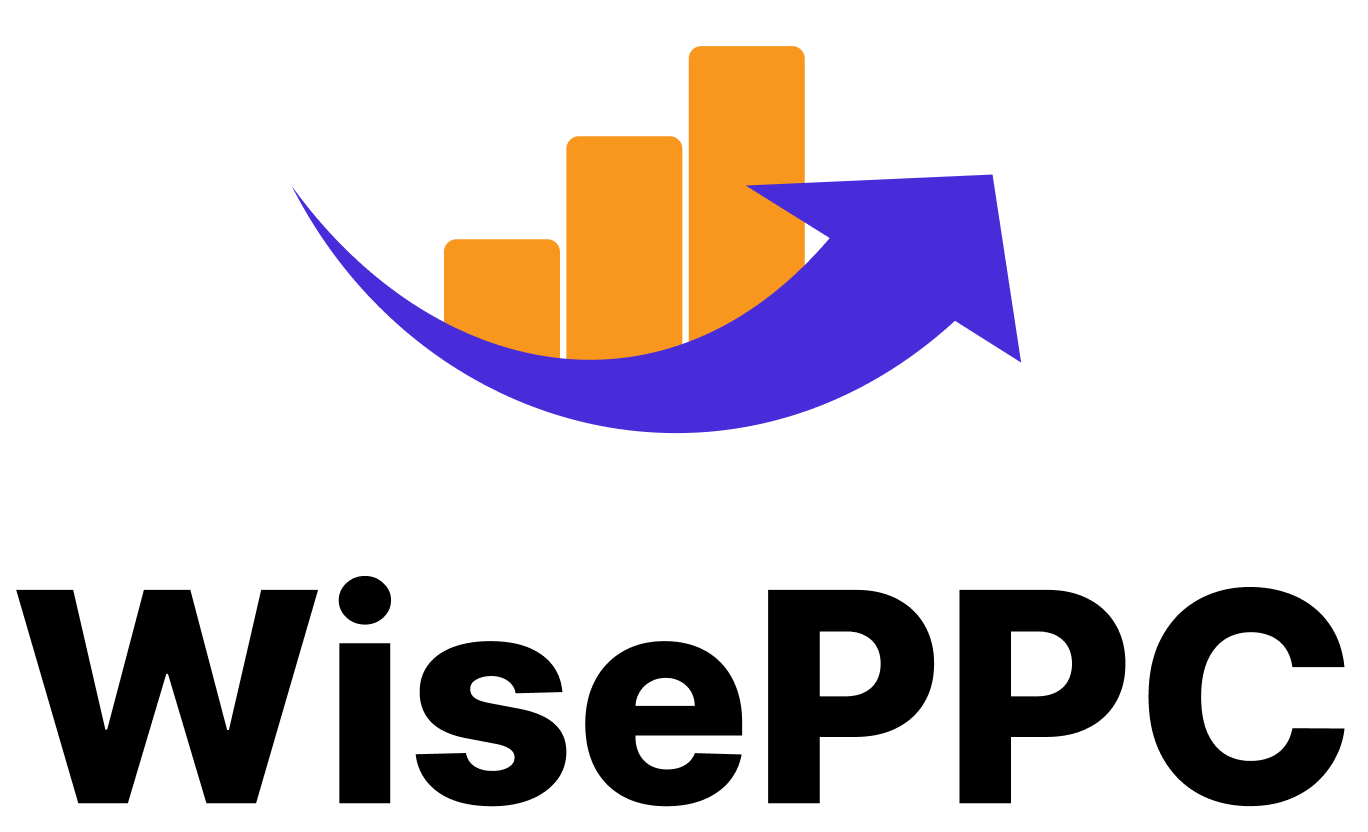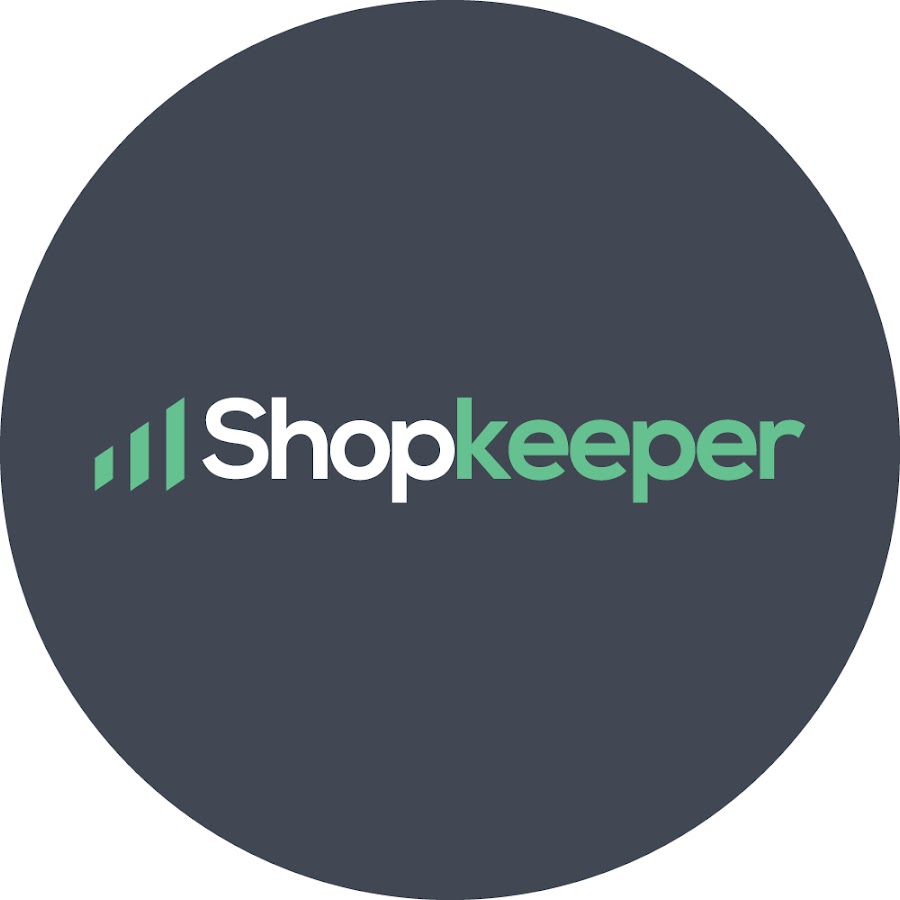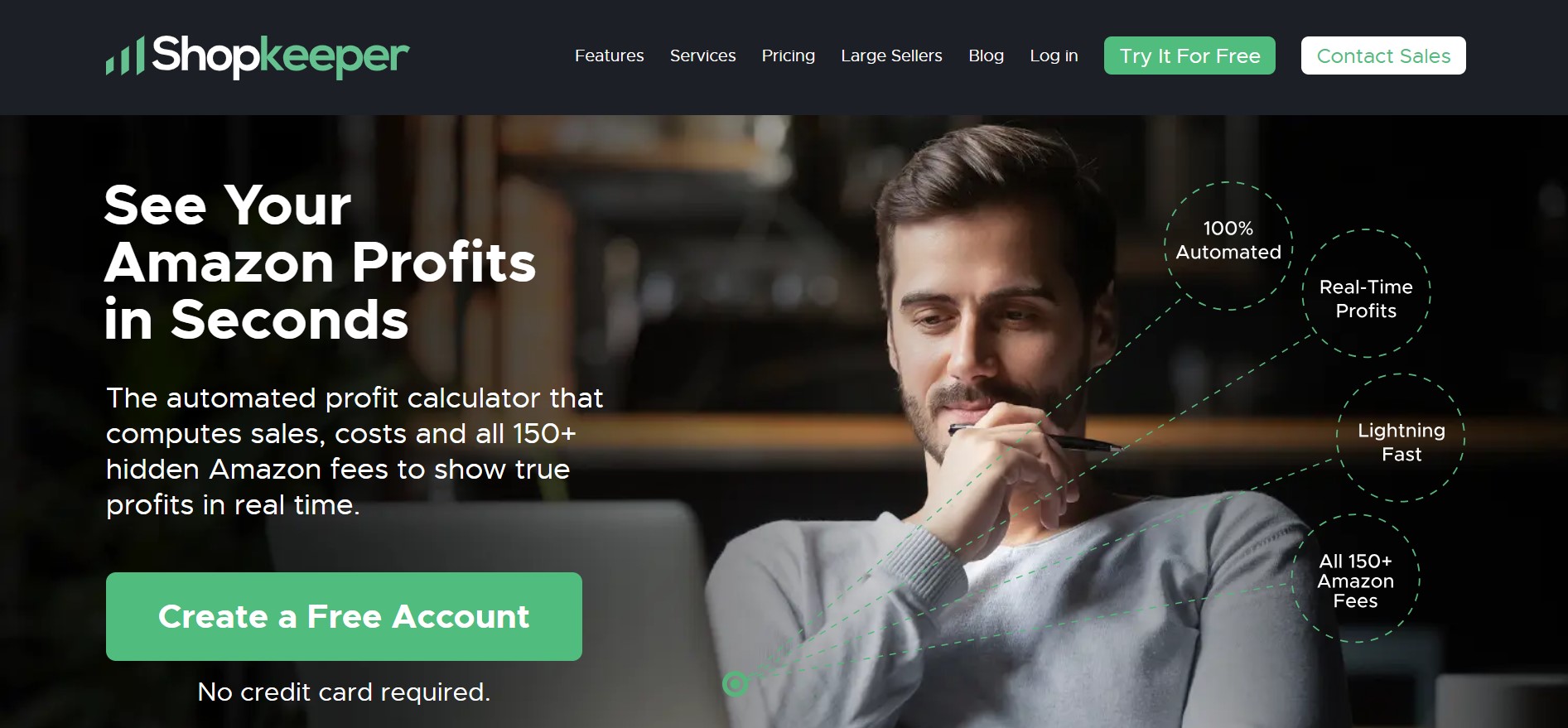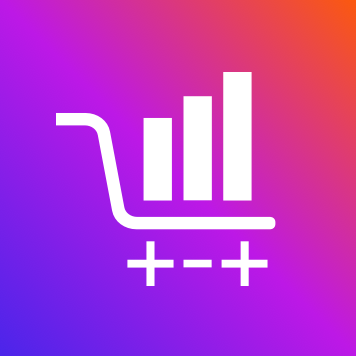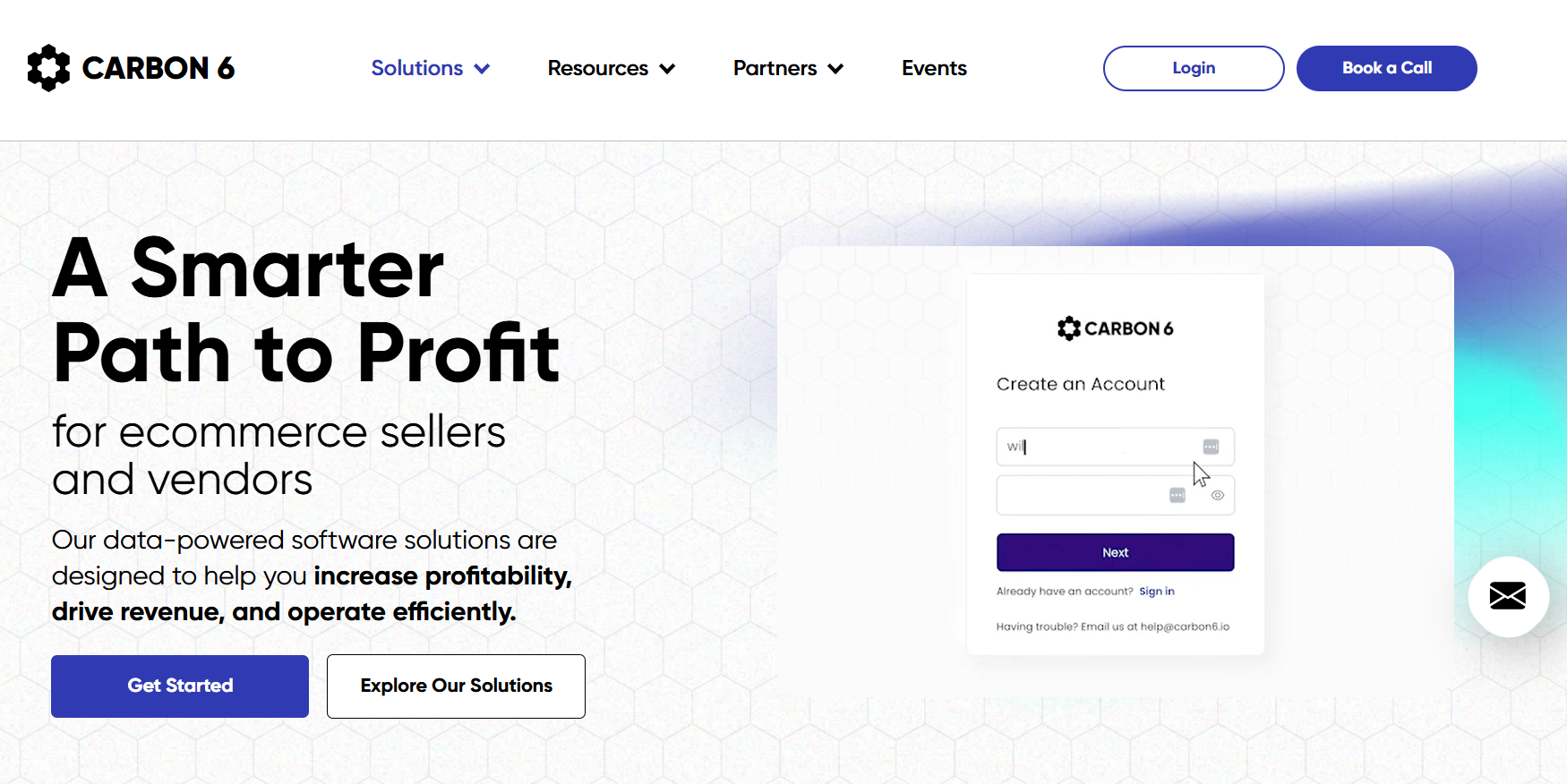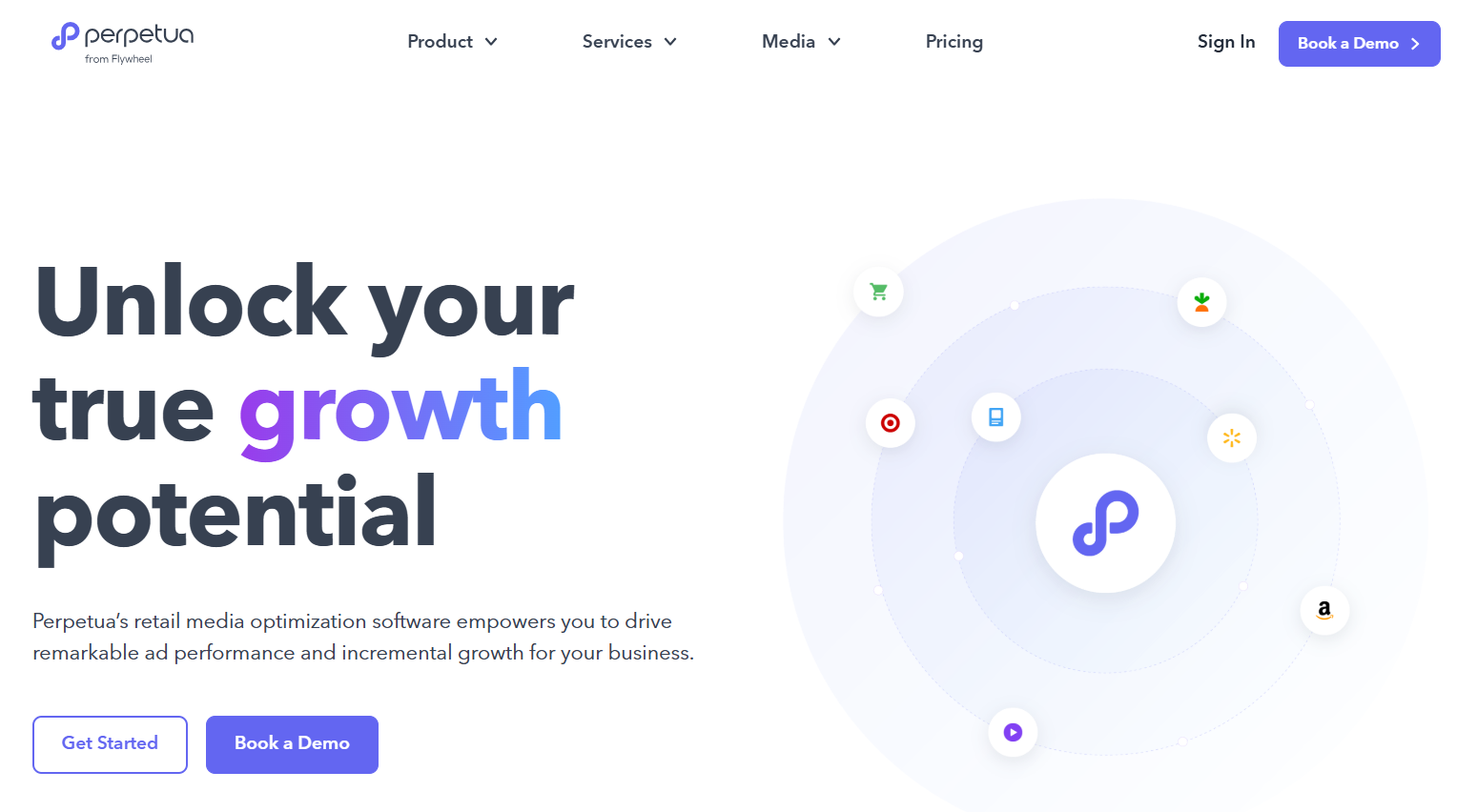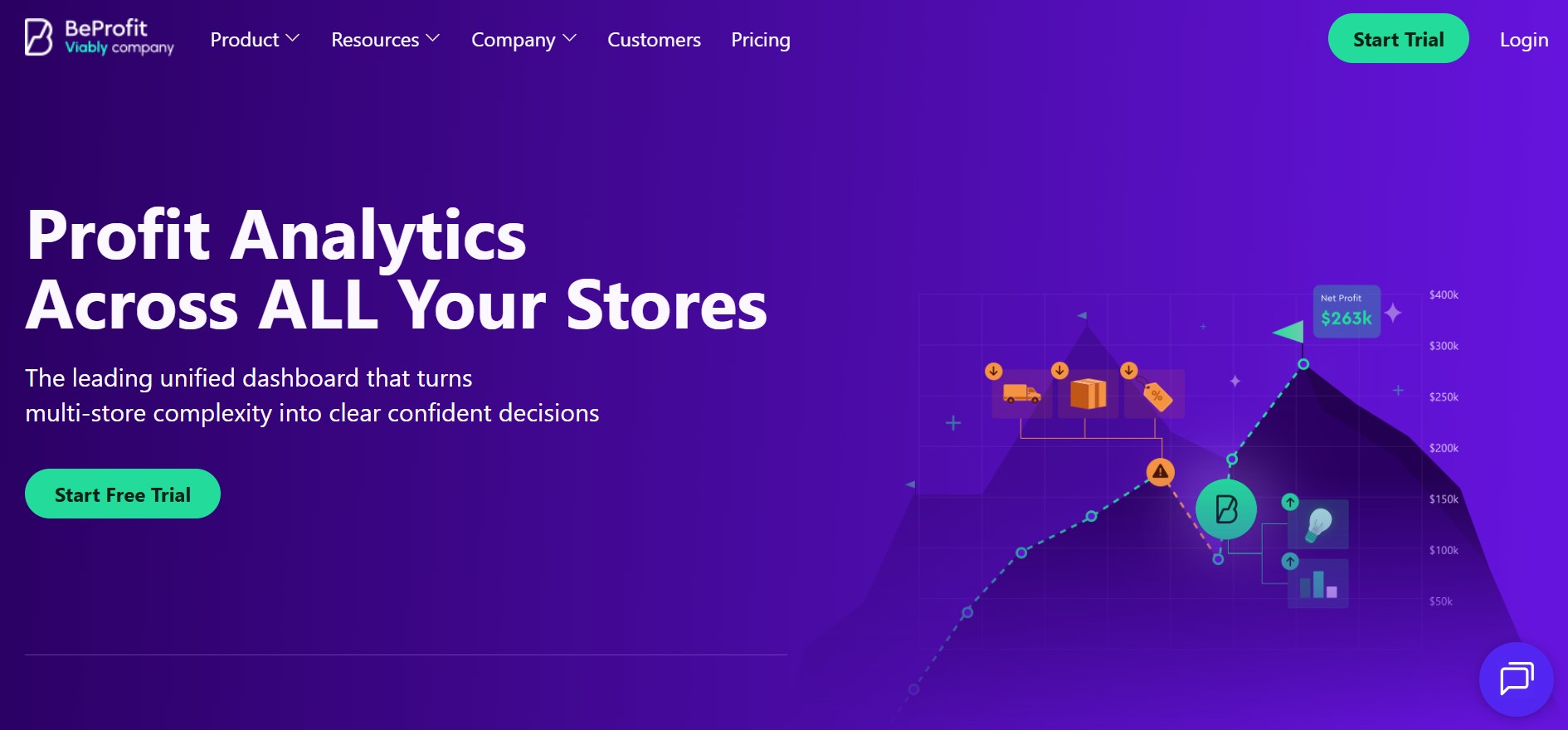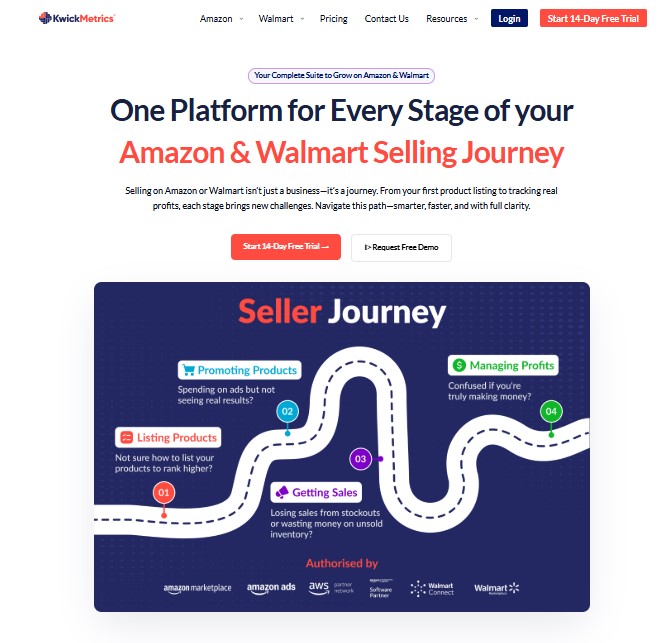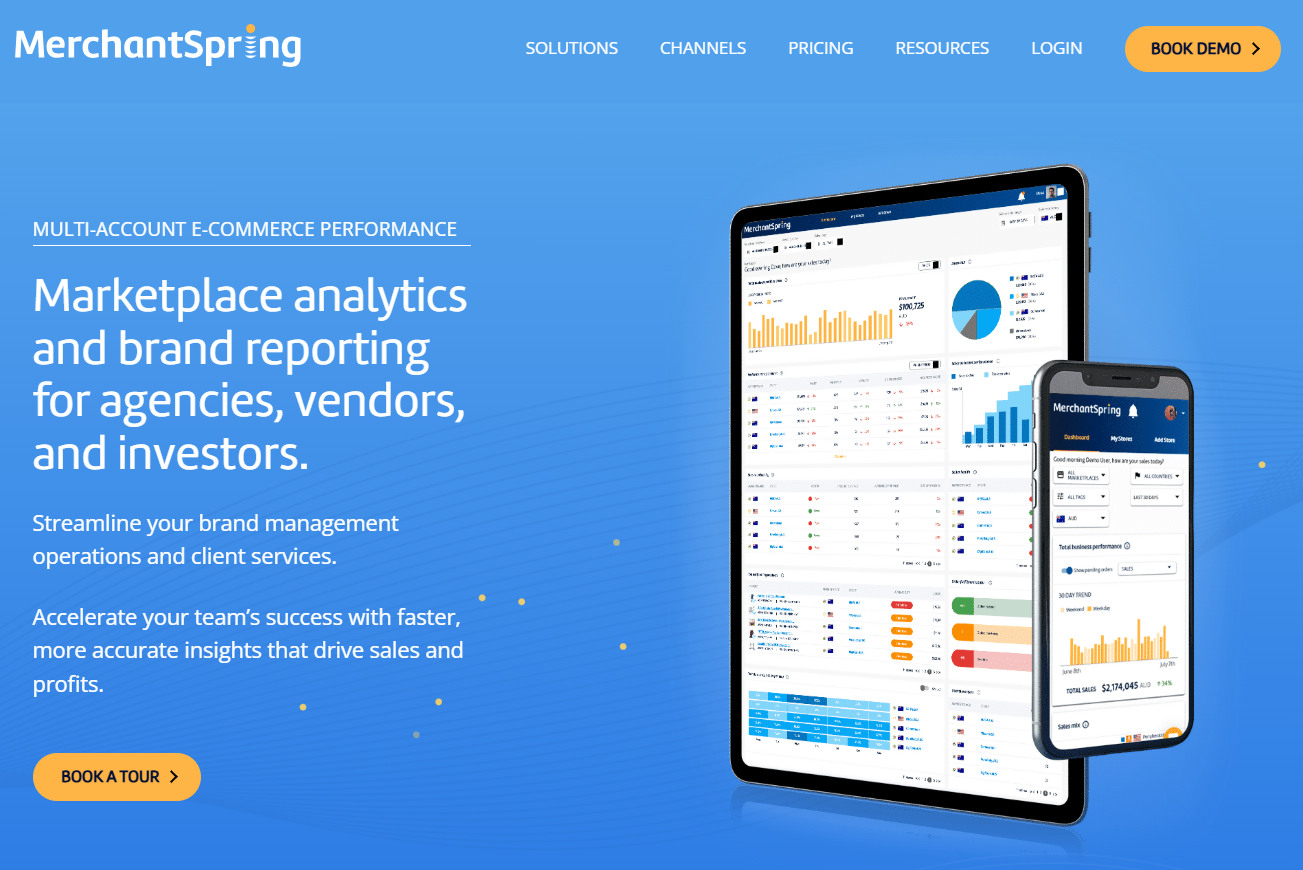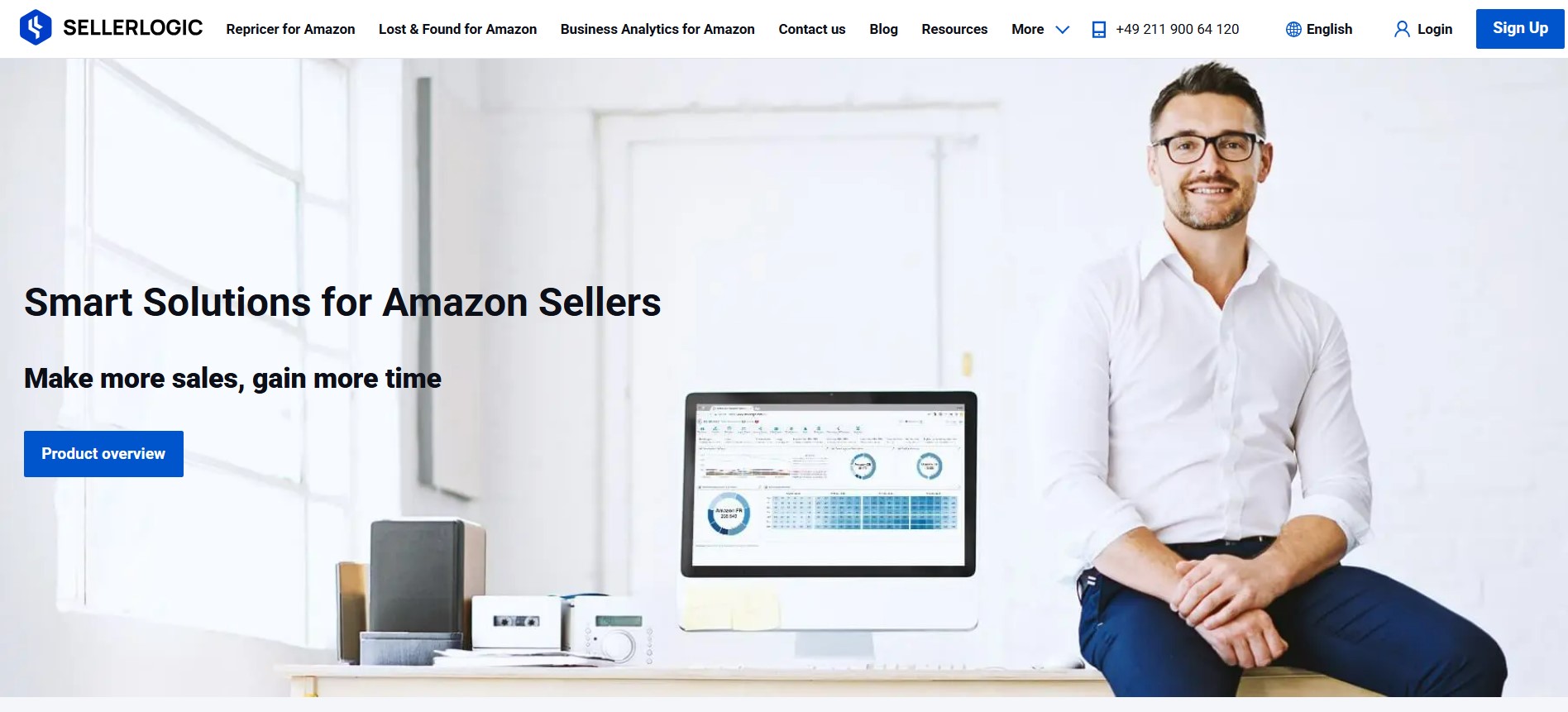Top Sellerboard Alternatives for Amazon Sellers
If you’ve been using Sellerboard and feel like it doesn’t fully fit your workflow, you’re not the only one. Plenty of sellers end up searching for other tools once they realize they need different features, more flexibility, or just a simpler way to see their numbers. The good news is that there are several platforms out there that can step in, whether you’re focused on profit tracking, ad management, or keeping an eye on inventory.
Each option comes with its own strengths. Some put more weight on analytics and detailed reporting, while others lean into automation or integrations with multiple marketplaces. The key is figuring out what matters most for your business right now, because the “best” alternative really depends on where you’re trying to improve.
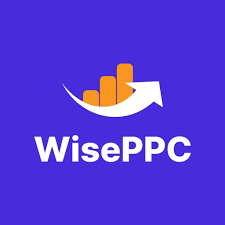
1. WisePPC
At WisePPC, we give sellers and brands more control over their marketplace business, from advertising to sales tracking, all inside one system. What makes our platform stand out is how it brings both big-picture analytics and small day-to-day tasks into one place. Instead of juggling different tools, our users can track performance, adjust campaigns, and review long-term data without leaving the dashboard.
Our toolkit goes beyond profit tracking. With WisePPC, teams can run bulk updates, segment data, and edit campaigns directly on the spot. We also store historical insights for years, so important trend data is never lost after just a few months. For teams that need a clearer view of what drives sales, our platform separates organic growth from ad-driven revenue. In short, we focus on delivering the right information at the right time, without making things complicated.

Key Highlights:
- Centralized dashboard for sales, ads, and performance tracking
- Long-term data storage beyond Amazon’s limits
- Bulk campaign editing and filtering tools
- Real-time reporting and automated alerts
- Multi-channel support including Amazon and Shopify
Who it’s best for:
- Sellers who want more detailed ad and sales insights
- Teams managing multiple accounts or marketplaces
- Brands that need to track long-term performance trends
- Agencies looking for flexible reporting and optimization tools
Contact and Social Media Information:
- Website: wiseppc.com
- LinkedIn: www.linkedin.com/company/wiseppc
- Instagram: www.instagram.com/wiseppc
- Facebook: www.facebook.com/profile.php?id=61573154427547
2. Shopkeeper
Shopkeeper is built for sellers who want a clear view of their profits without spending hours pulling reports and juggling spreadsheets. It automatically brings together sales, costs, and all those small but important Amazon fees into one dashboard, so teams don’t have to guess at their true margins. Beyond profit tracking, it also includes inventory forecasting, PPC management, and alerts for things like low stock or sudden fee changes. Instead of jumping between tools, sellers can see what’s happening in real time and make quicker calls about what to restock or adjust.
They also provide a reimbursement service that helps recover money lost to issues like damaged goods, missing shipments, or incorrect fees. The setup is hands-off, with their team handling claims and giving sellers visibility into the progress. For many, this means not only knowing where profits stand but also making sure lost revenue doesn’t go unnoticed. It’s a straightforward way to tighten up financial control while still keeping things manageable.
Key Highlights:
- Real-time profit and fee tracking across Amazon marketplaces
- Automated reimbursement service for lost or damaged inventory
- Inventory forecasting and low-stock alerts
- PPC management tools built into the same platform
- Customizable costs and tax settings for more accurate numbers
Who it’s best for:
- Amazon sellers who need quick clarity on true profits
- Businesses that want both profit tracking and reimbursement support
- Sellers managing multiple marketplaces at once
- Teams looking to cut down on manual financial reporting
Contact and Social Media Information:
- Website: shopkeeper.com
- Address: 5645 Coral Ridge Dr., #293, Coral Springs, FL 33076
- E-mail: [email protected]
- Twitter: x.com/shopkeepersoft
- Facebook: www.facebook.com/shopkeeperapp
3. Teikametrics
Teikametrics takes a heavier focus on AI-driven optimization for sellers on Amazon, Walmart, and other big platforms. Their system uses predictive algorithms to set and adjust bids automatically, factoring in things like seasonality and product category. Instead of manual number crunching, sellers can lean on the AI to keep campaigns aligned with performance goals. It’s not limited to ads either, since the platform also covers inventory planning and listing optimization.
They offer both self-service tools and managed service options, which means sellers can either run things in-house or get extra support from Teikametrics’ team. Alongside advertising, their features touch on product listings through GenAI Smart Pages and even social shopping integrations. For sellers comparing alternatives to Sellerboard, Teikametrics fits better if advertising optimization and scaling across multiple marketplaces is the bigger concern.
Key Highlights:
- Predictive AI for bid management and campaign adjustments
- Inventory optimization with demand forecasting
- GenAI Smart Pages for listing improvements on Amazon and Walmart
- Options for self-service, managed, or agency-style support
- Social shopping features with creator-driven campaigns
Who it’s best for:
- Sellers focused on advertising performance across marketplaces
- Teams that want AI to handle campaign bidding and adjustments
- Brands needing help with listing optimization and scaling
- Agencies or businesses managing high ad spend and multiple accounts
Contact and Social Media Information:
- Website: teikametrics.com
- LinkedIn: www.linkedin.com/company/teikametrics
- Twitter: x.com/Teikametrics
- Facebook: www.facebook.com/Teikametrics
4. AMZScout
AMZScout is centered around product research and market analysis, helping sellers figure out what to sell and how competitive a niche might be. Their database covers millions of products, and the Chrome extension gives real-time sales and pricing data directly while browsing Amazon. Beyond finding products, the toolkit also includes keyword research, competitor tracking, and listing optimization tools. It’s meant to guide sellers from product discovery through to launch.
The platform is flexible enough for different business models like private label, wholesale, or dropshipping. Sellers can access supplier lists, pricing calculators, and even training resources with masterclasses and step-by-step courses. Compared to Sellerboard, AMZScout is less about profit and expense tracking and more about helping sellers pick the right products and position themselves in the marketplace.
Key Highlights:
- Product database and Chrome extension with real-time data
- Keyword research and listing optimization tools
- Supplier search with integration to platforms like Alibaba
- Tools tailored for private label, arbitrage, and wholesale
- Training courses, workshops, and step-by-step guides
Who it’s best for:
- Sellers who need reliable product research tools
- New sellers looking for training and guidance to start selling
- Businesses testing private label, wholesale, or dropshipping models
- Teams wanting competitor tracking and keyword insights
Contact and Social Media Information:
- Website: amzscout.net
- Phone: +1 908 428 4921
- E-mail: [email protected]
- Twitter: x.com/AmzScout
- Facebook: www.facebook.com/amzscoutcrew
5. Carbon6
Carbon6 combines a range of ecommerce tools under one platform, targeting both revenue recovery and advertising management. On the financial side, they handle reimbursements for FBA sellers and manage retailer deductions, helping to recover money lost to errors or damaged inventory. On the advertising side, they run PPC optimization and external traffic campaigns, covering Amazon DSP, Google, and Meta. Instead of separate systems for ads and financial recovery, everything is kept in one place.
What makes Carbon6 different from some other Sellerboard alternatives is the modular setup. Sellers can use it for reimbursement services, advertising campaigns, or listing optimization depending on their needs. The platform is aimed at simplifying operations for growing businesses that don’t want to spend extra time managing each piece individually.
Key Highlights:
- Reimbursement services for FBA and retailer deductions
- Advertising support across Amazon, Google, and Meta
- Listing optimization and inventory tools included
- Modular platform where tools can be used separately
- Focus on reducing manual work and recovering lost profit
Who it’s best for:
- Amazon sellers needing hands-off reimbursement management
- Businesses looking to reduce profit loss from deductions
- Brands that want ads and revenue recovery handled in one platform
- Teams wanting modular tools rather than a single dashboard
Contact and Social Media Information:
- Website: www.carbon6.io
- LinkedIn: www.linkedin.com/company/carbon6-technologies
- Instagram: www.instagram.com/carbon6io
- Twitter: x.com/Carbon6io
- Facebook: www.facebook.com/Carbon6io
6. Perpetua
Perpetua focuses on advertising optimization across Amazon, Walmart, and other major marketplaces. Instead of manual campaign building, they allow sellers to set goals such as growth or profitability, and then the system runs and adjusts ads in real time. Their platform covers search, display, and video ads, while also pulling in analytics so sellers can see how much of their revenue is directly linked to ad spend.
Beyond campaign automation, Perpetua provides insights into market share, category performance, and overall visibility. This helps sellers connect ad results with bigger business outcomes. With detailed reporting and retail intelligence features, they try to make sure sellers can adjust quickly when performance shifts, without juggling multiple disconnected tools.
Key Highlights:
- Automated ad campaign creation and optimization
- Works with Amazon, Walmart, and other marketplaces
- Options for search, display, and video ads
- Customizable analytics and retail intelligence reporting
- Insights into digital shelf performance
Who it’s best for:
- Sellers running ads across multiple marketplaces
- Brands that want to measure profitability of ad spend
- Teams looking to cut down manual campaign work
Contact and Social Media Information:
- Website: perpetua.io
- Address: 36 Maplewood Ave, Portsmouth, NH 03801
- E-mail: [email protected]
- LinkedIn: www.linkedin.com/company/perpetua-labs
- Instagram: www.instagram.com/perpetua.io
- Twitter: x.com/PerpetuaLabs
- Facebook: www.facebook.com/perpetualabs
7. Helium 10
Helium 10 is designed as an all-in-one toolkit for Amazon and Walmart sellers, combining product research, keyword tools, listing optimization, and advertising management. They also include features for inventory tracking, profit dashboards, and even a Chrome extension for quick product analysis. With so many areas bundled into one platform, sellers can run most of their day-to-day operations without switching between multiple apps.
On top of the software, Helium 10 offers training resources, community support, and courses for sellers who are either new to Amazon or looking to expand. Their advertising tool Adtomic uses automation and rules to help sellers manage campaigns, while Market Tracker helps keep an eye on competitor activity and trends. This makes it not just a research platform but also a management hub for ongoing growth.
Key Highlights:
- Product and keyword research tools
- Listing optimization and review analysis
- Profit tracking and inventory management
- Advertising automation with Adtomic
- Market tracking and competitor insights
Who it’s best for:
- Sellers who want a full toolkit in one place
- Beginners looking for training alongside software
- Businesses expanding across Amazon, Walmart, and TikTok
Contact and Social Media Information:
- Website: helium10.com
- E-mail: [email protected]
- LinkedIn: www.linkedin.com/company/helium10
- Instagram: www.instagram.com/helium10software
- Twitter: x.com/H10Software
- Facebook: www.facebook.com/Helium10Software
8. BeProfit
BeProfit is built around profit analysis rather than just sales tracking. It pulls data from different stores and platforms, then turns it into clear reports so sellers can see which costs are eating into margins and which products or channels are performing better. The platform offers breakdowns by order, product, country, or shop, making it easier to pinpoint where profits are gained or lost.
Their dashboard includes live profit and loss statements, retention insights, and cost analysis on fees like shipping, discounts, and fulfillment. By showing the complete financial picture in one place, BeProfit helps sellers compare stores, spot inefficiencies, and make adjustments that keep profitability in focus rather than just top-line revenue.
Key Highlights:
- Profit and loss tracking across multiple stores
- Real-time profitability dashboards
- Breakdown of costs per order, product, or channel
- Retention and lifetime profit analysis
- Works with Amazon, Shopify, WooCommerce
Who it’s best for:
- Sellers managing multiple stores or sales channels
- Businesses focused on profit visibility rather than just revenue
- Teams that need simple reporting without complex spreadsheets
Contact and Social Media Information:
- Website: beprofit.co
- LinkedIn: www.linkedin.com/company/beprofit-co
- Instagram: www.instagram.com/beprofit_app
- Twitter: x.com/BeProfit_co
- Facebook: www.facebook.com/beprofit.co
9. Jungle Scout
Jungle Scout has been around for years as a toolkit for Amazon sellers, but its scope has grown well beyond simple product research. On the seller side, they provide tools to find products, research suppliers, and track performance metrics. For larger brands and agencies, they offer a separate platform that digs deeper into Amazon data, like shopper behavior, pricing trends, and campaign performance. This mix allows both small and big sellers to work with the same company but at different levels depending on what they need.
The platform brings together product research, keyword tracking, review management, and inventory tools into one system. For enterprise users, the data side is stronger, focusing on market intelligence, brand performance, and competitive analysis. By combining 1P and 3P insights, teams can use it to identify gaps in the market, track competitors, or improve campaign strategies. Overall, it serves both newcomers trying to get started and established sellers who need more detailed data to make decisions.
Key Highlights:
- Product research, supplier database, and keyword demand tracking
- Inventory management and review automation
- Campaign optimization and advertising insights
- Market intelligence with 1P and 3P data
- Separate solutions for sellers, brands, and agencies
Who it’s best for:
- Individual sellers starting or scaling an Amazon business
- Brands looking for detailed competitor and market insights
- Agencies managing multiple clients on Amazon
Contact and Social Media Information:
- Website: junglescout.com
- Address: 328 S Jefferson St, Suite 1030, Chicago, IL 60661
- E-mail: [email protected]
- LinkedIn: www.linkedin.com/company/junglescout
- Instagram: www.instagram.com/junglescout_
- Twitter: x.com/junglescout
- Facebook: www.facebook.com/amazonjunglescout
10. Profit Cyclops
Profit Cyclops was created to give sellers a clearer picture of profitability by pulling all costs, fees, and revenue into one place. Many sellers rely on spreadsheets to track things like TACOS, return rates, COGs, or storage fees, which can get messy. Profit Cyclops replaces that with a dashboard that updates in real time and breaks down profits, expenses, and sales by product, marketplace, or time period. Instead of manually piecing things together, sellers get a more accurate snapshot of what’s actually happening with their margins.
The tool also includes order tracking, inventory valuation, return reports, and alerts for stock levels. Reports can be customized, so sellers can focus on the products or metrics that matter most. Whether someone is running FBA or FBM, private label or arbitrage, the platform is designed to handle both small shops and larger accounts with multiple marketplaces. It is less about chasing growth and more about understanding the numbers behind the sales, which helps sellers adjust strategies before problems get bigger.
Key Highlights:
- Real-time profit and loss tracking with all Amazon fees included
- Intuitive dashboard and customizable reports
- Inventory valuation and return analysis
- Stock alerts and performance tracking per ASIN
- Supports multiple Amazon marketplaces worldwide
Who it’s best for:
- Sellers frustrated with spreadsheets for profit tracking
- Businesses managing multiple marketplaces or countries
- Sellers wanting clear visibility into costs, returns, and margins
Contact and Social Media Information:
- Website: profitcyclops.com
- Address: 65 Pine Ave, Long Beach, CA 90802, USA
- LinkedIn: www.linkedin.com/company/profit-cyclops
- Twitter: x.com/profitcyclops
- Facebook: www.facebook.com/profitcyclops
11. SellerApp
SellerApp positions itself as more than just a reporting tool. They provide a platform that covers multiple parts of the seller’s workflow, from running Amazon PPC campaigns to tracking profits and analyzing overall performance. For teams looking at Sellerboard alternatives, SellerApp offers the ability to manage ads with automation, monitor profit and loss, and get custom reporting without switching between different tools. They also combine self-serve options with managed services, so sellers can choose how hands-on they want to be.
What makes SellerApp stand out in this space is how they tie insights back to actual business actions. Instead of only showing numbers, they focus on connecting ad performance with growth strategies, giving sellers visibility across multiple marketplaces. With tools for agencies, growing brands, and enterprise teams, they provide flexibility for businesses at different stages, while still keeping everything under one dashboard.
Key Highlights:
- Unified dashboard for ads, profit tracking, and reporting
- Ad automation with AI and rules-based optimization
- Profit and loss tracking at multiple levels
- Support for both self-serve and managed service models
- Multi-account and enterprise solutions available
Who it’s best for:
- Amazon sellers wanting a mix of automation and insights
- Agencies handling multiple accounts or clients
- Growing brands that need structured reporting and ad management
- Enterprises looking for data-driven decision-making tools
Contact and Social Media Information:
- Website: www.sellerapp.com
- Address: 4819 Bryant Mdws Dr, Spring, TX 77386, United States
- Phone: +1-256-363-0567
- E-mail: [email protected], [email protected]
- LinkedIn: www.linkedin.com/company/sellerapp
- Instagram: www.instagram.com/sellerapp_insta
- Twitter: x.com/SellerApp_Inc
- Facebook: www.facebook.com/sellerapp
12. KwickMetrics
KwickMetrics approaches things from the perspective of the entire seller journey, not just one piece of it. Their platform is built to work with both Amazon and Walmart, which makes them useful for sellers who split their business across multiple marketplaces. Instead of only tracking profit or ads, they tie together listings, campaigns, inventory, and profit analytics in one place. For sellers comparing Sellerboard alternatives, KwickMetrics emphasizes clarity at every stage, from product discovery to understanding final margins.
The structure they use follows four stages: list smarter, promote strategically, sell efficiently, and profit with clarity. Each stage connects with tools that handle keyword research, ad management, stock control, and detailed P&L tracking. This setup makes it easier for sellers to see where money is being made or lost, and to adjust strategies without juggling multiple disconnected systems.
Key Highlights:
- Supports both Amazon and Walmart with official integrations
- Covers listings, ads, inventory, and profit analytics in one platform
- Four-stage seller journey framework for clear insights
- Automated reporting and alerts to reduce manual work
- Tools for reimbursements, stock forecasting, and SKU-level margin tracking
Who it’s best for:
- Sellers managing business across Amazon and Walmart
- Small to mid-size teams needing visibility across the full lifecycle
- Businesses struggling with stockouts or hidden costs
- Sellers looking for a structured approach to profit clarity
Contact and Social Media Information:
- Website: www.kwickmetrics.com
- Phone: (+91) 63697 75711
- E-mail: [email protected]
- LinkedIn: www.linkedin.com/company/kwickmetrics
- Instagram: www.instagram.com/kwickmetrics
- Twitter: x.com/KwickMetrics
- Facebook: www.facebook.com/kwickmetricsapp
13. MerchantSpring
MerchantSpring focuses on multi-account and multi-marketplace analytics, which makes them different from tools that mainly center on one platform. They integrate with over 120 marketplaces and ad channels, which means agencies, aggregators, and brands can monitor Amazon alongside Shopify, Walmart, eBay, and many others without building their own reporting system. For Sellerboard alternatives, they serve sellers who care more about consolidated reporting across many accounts rather than only tracking profit.
The platform is built with customization in mind, offering white-labeled reporting, client-access portals, and flexible role-based access for different stakeholders. This allows agencies and larger teams to provide professional reporting without manual spreadsheets or duplicated work. Their approach is less about day-to-day campaign adjustments and more about performance visibility across portfolios, which is particularly useful for those managing clients or large-scale operations.
Key Highlights:
- Connects with 120+ marketplaces and advertising platforms
- Designed for agencies, investors, and brand aggregators
- Customizable reports with white-label options
- Multi-user access with role-based permissions
- Automated reporting to replace manual data work
Who it’s best for:
- Agencies managing multiple seller accounts
- Investors and aggregators needing consolidated reporting
- Brands selling across multiple regions and platforms
- Teams looking for client-ready analytics with less manual work
Contact and Social Media Information:
- Website: merchantspring.io
- LinkedIn: www.linkedin.com/company/merchantspring
- Facebook: www.facebook.com/MerchantSpring
14. SellerLogic
SellerLogic offers a narrower focus with tools specifically designed for Amazon sellers. Their three main products are Repricer, Lost & Found, and Business Analytics. The Repricer automates price adjustments using strategies tailored to winning the Buy Box or maintaining margins. Lost & Found is aimed at FBA sellers who want to track errors in fulfillment and claim refunds automatically. Business Analytics gives an overview of income, costs, and margins to help sellers understand profitability. Compared with Sellerboard, SellerLogic leans into specialized tools rather than one big dashboard.
The advantage of this approach is that sellers can pick and use the modules that matter most. For example, some might only need the Repricer, while others add Lost & Found to keep FBA reimbursements in check. Business Analytics then ties things together with profitability tracking. For sellers who want targeted solutions instead of a broad all-in-one system, SellerLogic provides flexibility while staying tightly linked to Amazon’s ecosystem.
Key Highlights:
- Repricer tool with multiple pricing strategies for Amazon sellers
- Lost & Found automates FBA refund claims and error tracking
- Business Analytics for profitability and margin analysis
- API and import/export support for advanced workflows
- Flexible setup with modules that can be used separately
Who it’s best for:
- Amazon sellers focused mainly on one marketplace
- Businesses wanting dedicated repricing strategies
- FBA sellers looking to recover lost or damaged inventory costs
- Sellers who prefer modular tools instead of a single platform
Contact and Social Media Information:
- Website: www.sellerlogic.com
- Address: Willicher Str. 23-25 40547 Düsseldorf Germany
- Phone: +49 211 900 64 120
- E-mail: [email protected]
- LinkedIn: www.linkedin.com/company/sellerlogic-international
- Twitter: x.com/sellerlogicen
- Facebook: www.facebook.com/SellerLogic
Conclusion
At the end of the day, Sellerboard is just one piece of the puzzle. If it works for you, great-but if not, you’ve got options that can match your selling style better. Maybe you want deeper ad insights, or maybe you’re more concerned about long-term data storage and trend analysis. Either way, exploring alternatives gives you room to grow without forcing your business into a tool that doesn’t feel natural.
The smartest move is to test a couple of these platforms and see which one actually makes your day-to-day easier. Numbers and dashboards are important, but what really matters is whether the tool helps you make quicker, clearer decisions without adding extra headaches. That’s where you’ll find the real value.
Join the WisePPC Beta and Get Exclusive Access Benefits
WisePPC is now in beta — and we’re inviting a limited number of early users to join. As a beta tester, you'll get free access, lifetime perks, and a chance to help shape the product — from an Amazon Ads Verified Partner you can trust.
 No credit card required
No credit card required
 Free in beta and free extra month free after release
Free in beta and free extra month free after release
 25% off for life — limited beta offer
25% off for life — limited beta offer
 Access metrics Amazon Ads won’t show you
Access metrics Amazon Ads won’t show you
 Be part of shaping the product with your feedback
Be part of shaping the product with your feedback

